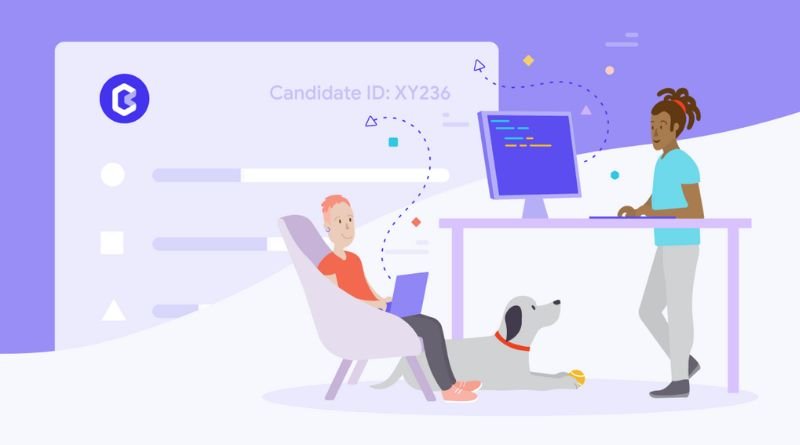7 Tips for a Successful Pair Programming Session During Your Job Interview

One of the most common ways to demonstrate your skills during a job interview is by writing code. Many technical companies will set up an opportunity for you to pair program with one of their software engineers, and this can be nerve-wracking if you aren’t used to it. Pair programming requires both programmers to share their screens and work on the same file at the same time, so it’s especially important that you know how to navigate this type of session without interrupting your interviewer or being unproductive. Here are seven tips for a successful pair programming session during your job interview.
Do your research
Before your interview, do your research on the company and the position you’re interviewing for. This will help you be prepared to answer questions about the company and the role, and it will also give you an idea of what kind of coding challenges you might be asked to complete during the interview. If there are any specific technologies that are used at the company or in the role, brush up on them so you’ll be comfortable talking about them during your interview. Bring your own laptop: You don’t want to show up at your job interview with someone else’s laptop or no laptop at all!
Talk about it before you do it
Pair programming is a great way to show off your coding skills and working style to potential employers. But it can also be a bit daunting, especially if you’ve never done it before. Here are a few tips to help you make the most of your pair programming session during a job interview.
1) Do some research ahead of time. Understand how to do code reviews with someone else, where both programmers work on the same thing at once. You can also try hourly hiring software from HourWork for it.
Think like a developer
When you’re coding with someone during a job interview, it’s important to remember that the goal is to show off your skills and abilities. With that in mind, here are seven tips to help you make the most of your pair programming session
1) Keep an eye on your partner: It’s easy to fall into the trap of just doing what you want without thinking about how it affects your partner.
2) Speak up: If there’s something about the code or problem that doesn’t make sense, speak up so both parties can work through it together.
3) Remember teamwork is key: It’s not just about writing code efficiently – sometimes communication needs to happen between partners as well.
Follow their lead
You’ve made it to the final stage of the interview process – congrats! The last hurdle you need to clear is the pair programming session. This can be a daunting task, but with these seven tips, you’ll be sure to impress your potential employer. First and foremost, have some questions in mind about their work culture or project that you’d like to ask. It’s always better to come prepared than not knowing what’s going on. Next, take turns typing: not only will this give both parties a chance to get comfortable with the keyboard and mouse, but it also shows them how well you work as part of a team. Finally, don’t let them walk away before asking them any questions you may have!
Stay focused
- First and foremost, remember to stay focused during your pair programming session. This is not the time to check your phone or get distracted by other things going on around you.
- Second, be sure to communicate with your partner. Discuss what you’re working on and why you’re doing things a certain way. This will help keep both of you on the same page and avoid any confusion later on.
- Third, don’t be afraid to ask questions if you’re unsure about something.
Be prepared for surprises
Pair programming is often used as a tool during job interviews, so it’s important to be prepared. Here are seven tips to help you navigate a pair programming session during your job interview -Make sure the interviewer knows that you have never done this before; they may have experience with these sessions and can advise you on what they expect.
- Know the language being used: It will make the process smoother if both programmers know how to use the same language, so learn what the company uses beforehand.
- Don’t worry about getting everything right: Programmers who do this for a living often take their mistakes in stride because there is always room for improvement in software development.
Don’t hesitate to end it if you are struggling
Ending a pair programming session early may seem like you are giving up, but it is better to end on a positive note than to struggle through the entire session. Plus, your interviewer will understand and may even be impressed with your honesty. Here are some tips for successfully ending a pair programming session :
1) Ask if your partner has anything they want to accomplish before wrapping up;
2) Review what you’ve accomplished so far;
3) Tell them why you want to stop (e.g., because of how difficult it is);
4) Provide an alternate time for a follow-up meeting or remote pairing session if necessary.








